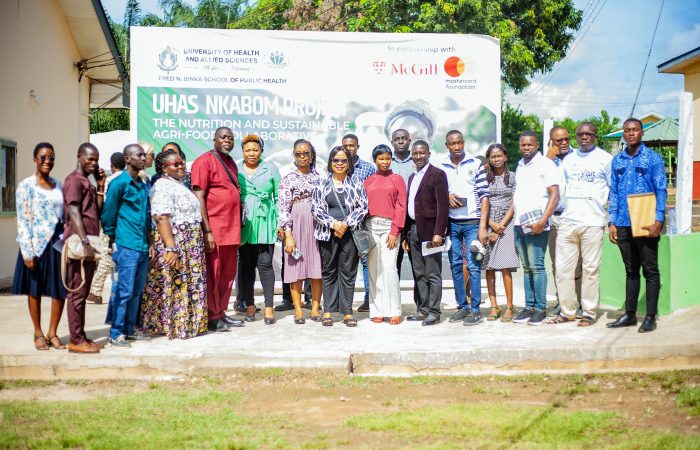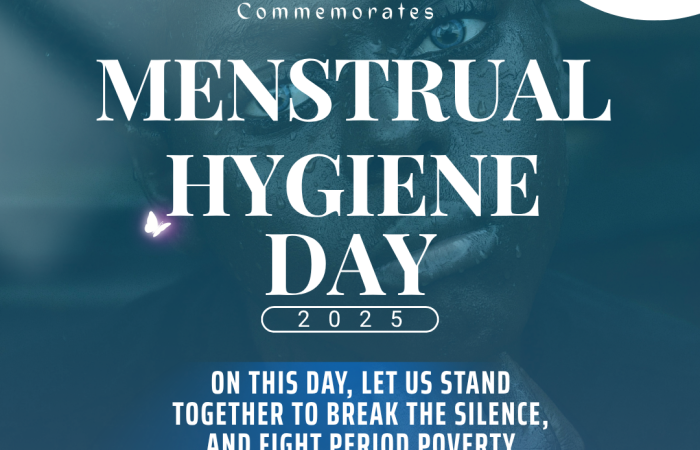Scope of sexually transmitted infections (STIs)
- STIs have a profound impact on sexual and reproductive health worldwide.
- More than 1 million STIs are acquired every day
- In 2016, WHO estimated 376 million new infections with 1 of 4 STIs: chlamydia (127 million), gonorrhoea (87 million), syphilis (6.3 million) and trichomoniasis (156 million)
- More than 500 million people are living with genital HSV (herpes) infection
- An estimated 300 million women have human papillomavirus (HPV) infection, the primary cause of cervical cancer
- An estimated 240 million people are living with chronic hepatitis B globally
- Both HPV and hepatitis B infections are preventable with vaccination.
STIs can have serious consequences beyond the immediate impact of the infection itself.
- STIs like herpes and syphilis can increase the risk of HIV acquisition three-fold or more.
- Mother-to-child transmission of STIs can result in stillbirth, neonatal death, low-birth-weight and prematurity, sepsis, pneumonia, neonatal conjunctivitis, and congenital deformities
- Approximately 1 million pregnant women were estimated to have active syphilis in 2016, resulting in over 350 000 adverse birth outcomes of which 200 000 occurred as stillbirth or neonatal death.
- HPV infection causes 570 000 cases of cervical cancer and over 300 000 cervical cancer deaths each year
- STIs such as gonorrhoea and chlamydia are major causes of pelvic inflammatory disease (PID) and infertility in women.
Prevention of STIs
Counselling and behavioural approaches:
Counselling and behavioural interventions offer primary prevention against STIs (including HIV), as well as against unintended pregnancies. These include:
- comprehensive sexuality education, STI and HIV pre- and post-test counselling;
- safer sex/risk-reduction counselling
- STI interventions targeted to key populations, such as sex workers and people who inject drugs; and
- STI prevention education and counselling tailored to the needs of adolescents.
In addition, counselling can improve people’s ability to recognize the symptoms of STIs and increase the likelihood they will seek care or encourage a sexual partner to do so.
Unfortunately, lack of public awareness, lack of training of health workers, and long-standing, widespread stigma around STIs remain barriers to greater and more effective use of these interventions.
Credit: WHO


